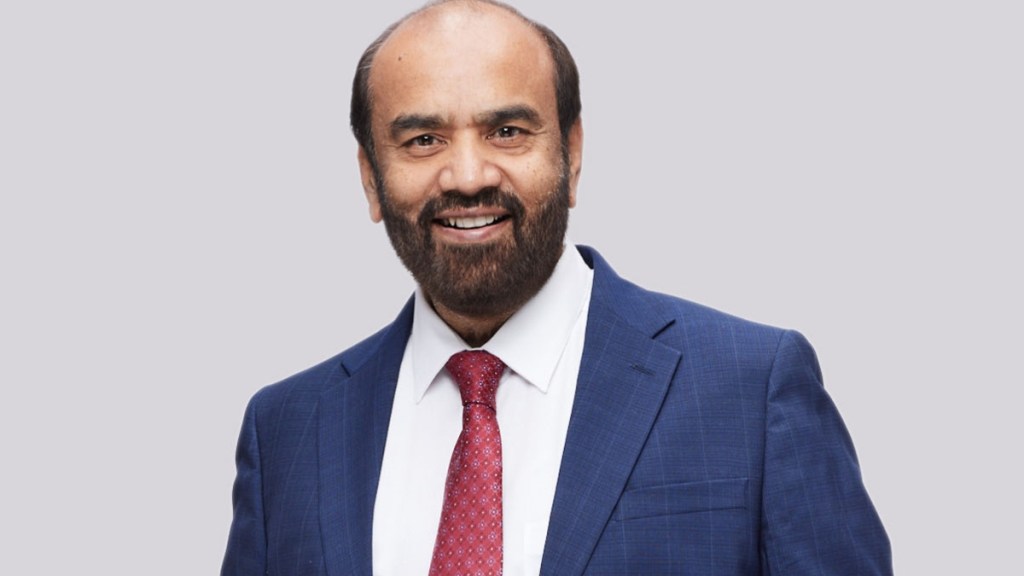NBFC major Mahindra & Mahindra Financial Services (M&M Finance) will likely achieve key targets on most business parameters set under the Vision 2025 goals, but attaining 2.5% return on asset (RoA) could be a challenge, MD and vice chairman Ramesh Iyer tells Piyush Shukla in an interaction. Excerpts:
Analysts say while most parameters of Vision 2025 goal could be achieved, RoA of 2.5% will be a challenge. Your view?
Our first aim is to sustain 2% RoA before talking about the 2.5% target. Taking the RoA from 2% to 2.5% will mean improving the net interest margin (NIM) at least by 20 bps, which depends on the borrowing cost coming down. Secondly, the operating expenditure has to come down from 2.8% to 2.6%, but currently we are investing in technology as it makes us future ready. So for 2025, hitting 2.5% RoA can be challenging, but we will definitely be between 2% and 2.5%.
Liquidity conditions continue to remain tight. Do you anticipate funding costs to rise?
Availability of funds is not a challenge for us, and we are not relooking at disbursement growth or other things. We are able to mobilise deposits of Rs 300-400 crore each month. As far as interest rates are concerned, we had said in April 2023 that we foresee rates coming down during the festival season. Unfortunately, that did not happen and interest rates went up.
We do not see rates coming down in the next two-three quarters, it will stay where it is. If this happens, cost of funds will remain elevated for all players and it builds some pressure on the NIM. Our NIMs are around 6.7%, and as we had increased lending rates just a month back, the NIM should be around 7% for the March quarter. It would go up to 7.2%-7.25% only when borrowing cost comes down.
What products are you focusing on to improve yields and subsequently margins?
About 12-15% of our loan book will come from primeX customers, which means high-end individuals, where cost of operations and credit cost will be very low. That will protect RoA, but lending rate for this segment will also be low compared to others. I think yield improvement will happen from rising share of pre-owned vehicle business, which stood at 13% as on December end. Our target is to take it to 20% in a year. So, the two approaches are: building book with high-quality customers to reduce volatility in credit cost and have lower operating expenditure, and simultaneously improve the share of high-yielding assets.
Are lower-rated NBFCs seeing hesitancy from banks for loans after hike in risk weights?
Higher risk-weightage is largely associated with unsecured lending. When someone’s book consists only of unsecured loans, banks probably will ascertain the risk angle before deciding on the quantum of loans to be sanctioned. Based on my interaction with industry members, nobody is complaining of the ability to raise funds so far, including lower-rated NBFCs.
Credit cost moderated sequentially but was up 50 bps YoY at 1.2% in Q3. Will it further improve in Q4?
The second half of the financial year has always been the best period for us. However, we have seen a continued improvement in credit cost in each quarter of FY24. We do believe that the market continues to remain very positive, with cash flows improving in infrastructure, agriculture and tourism sectors. This should reflect in buoyancy of demand for loan products as well as the ability of customer to repay. We believe the business will continue to grow well because elections will uplift rural buoyancy. We think that we are cruising extremely well towards our 2025 vision document.
